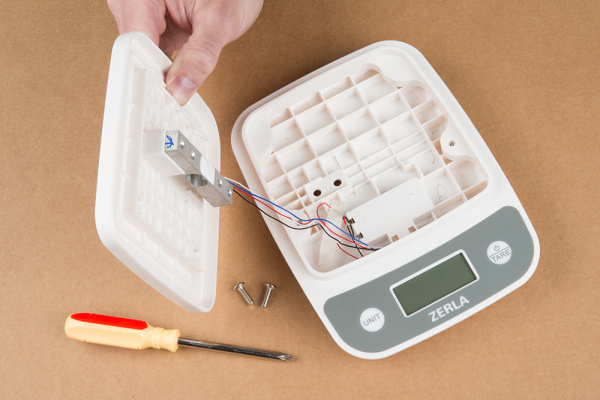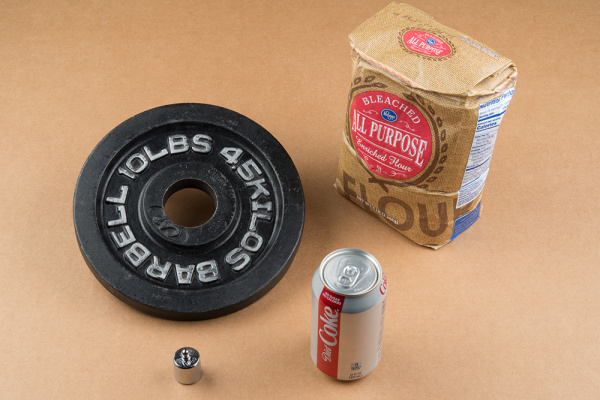Qwiic Scale Hookup Guide
Introduction
There are a variety of exciting projects around the measurement of the weight of an object. Whether it measuring if a chicken has left the coup, the bees have left at dawn, or automating the filling of liquids; being able to digitally interface to a scale is key. The Qwiic Scale is an incredibly easy way to read scales and their inner bits, load cells.
We’ve designed the Qwiic Scale so that little or no soldering is required. We’ve even written an Arduino library so that to get the weight of an object it’s as easy as:
language:c
float weight = myScale.getWeight();
Required Materials
If you’re just getting started we recommend obtaining a digital scale and hacking into it. This is because it can be tricky to correctly mechanically attach a load cell.
Alternatively, if you have a unique application, or if this is not your first rodeo measuring weight, checkout the load cells we carry in a variety of shapes and capacities to create your own solution.
We're going to assume you’re just beginning with scales; we recommend you pick out a scale that has roughly the capacity of weight you want to measure. For example, a bathroom scale is best at measuring ~20lbs up to ~300lbs. If you’re trying to measure a few ounces then don’t use a bathroom scale, get a kitchen food scale instead.
Additionally, you’ll need an item of known weight. This will be used to calibrate your DIY scale. Depending on the accuracy needed for your project, you can use any object (can of soda 394 or 355.1g, dumbell, bag of flour, etc) as long as you know the weight or have an additional scale from which you can get a known weight.
Suggested Reading
If you’re unfamiliar with load cells, jumper pads, or I2C be sure to checkout some of these foundational tutorials.
Analog to Digital Conversion
I2C
Getting Started with Load Cells
How to Work with Jumper Pads and PCB Traces
If you aren't familiar with the Qwiic system, we recommend reading here for an overview.
 |
| Qwiic Connect System |


